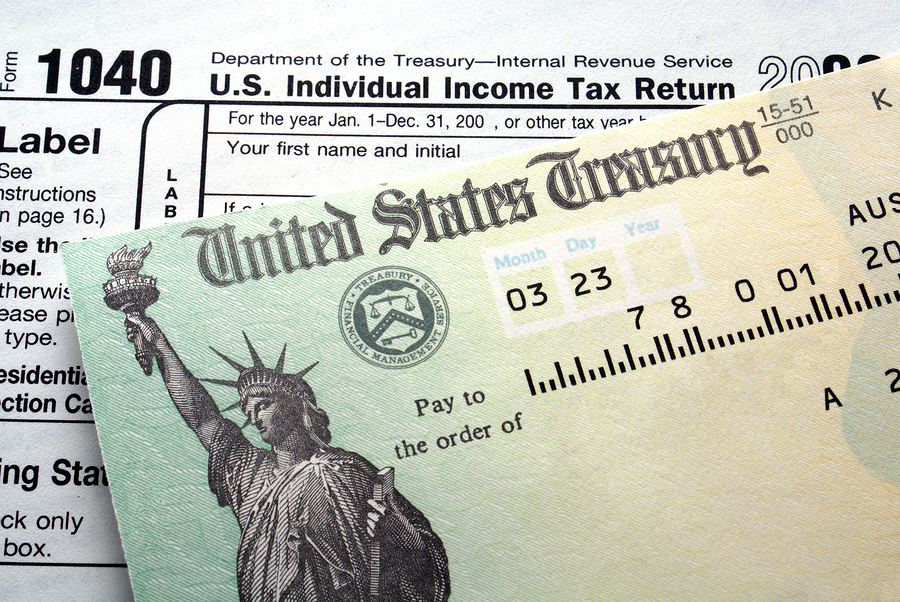Imagine this: You’ve collected your W-2, your mortgage and student loan interest statements and your investment earnings documentation. You log into your online tax preparation software and spend the next hour inputting your information. When you hit “submit,” you breathe a sigh of relief; your taxes are complete for another year. Then you get an email saying the IRS has rejected your tax forms. Someone somewhere has already filed in your name.
Tax refund theft is happening more frequently these days than ever before. According to a government accountability office report, scammers snapped up more than $5 billion in 2013 tax returns last year. The IRS expects that number will grow even larger as identity thieves utilize some of the 6.5 million Social Security numbers stolen last year alone. In fact, some states are already seeing a spike in suspicious 2014 returns. According to The Washington Post, most of those were filed using TurboTax, one of the largest providers of tax preparation software.
Officials state filing early is one of the best ways you can protect yourself, essentially by beating criminals to the punch. Hopefully you won’t find yourself among the defrauded. However, if you are, here’s what you need to do to remedy the situation.
Report the fraud to the IRS.
The IRS identity protection division handles fraudulent tax return cases. You’ll need to fill out an Identity Theft Affidavit, which will create an alert on your account. The IRS may ask you to file your return on paper while they work to confirm your identity. You’ll then receive an identity protection personal identification number—or PIN—that you’ll need to use along with your Social Security number on future tax returns. You may also want to report the fraud to your local police department and the Federal Trade Commission.
Review your credit report.
If a thief had enough of your personal information to file a fraudulent tax return, he or she may also attempt to open new credit cards or take out loans in your name. Check your credit report at all three credit-reporting agencies as soon as you become aware of the fraud. At minimum, follow up annually. You can request a free credit report from each agency once a year at AnnualCreditReport.com. You may also want to put a freeze on your credit account. This will restrict anyone from pulling your credit report without your authorization, which will make it more difficult for an identity thief to open credit cards or loans in your name.
Change your passwords.
It may be easier to use the same password on all your financial accounts, and never change it, but you’re increasing your vulnerability to identity theft when you do so. If your information is compromised at one company, criminals will try to use it at others. Don’t let them get lucky. Create unique passwords for every account, and make them a long mix of numbers, letters and symbols. You might also want to take advantage of multi-factor authentication settings when available. These require a user to provide a code or other information in addition to their password when signing into an account, thereby increasing your protection.
